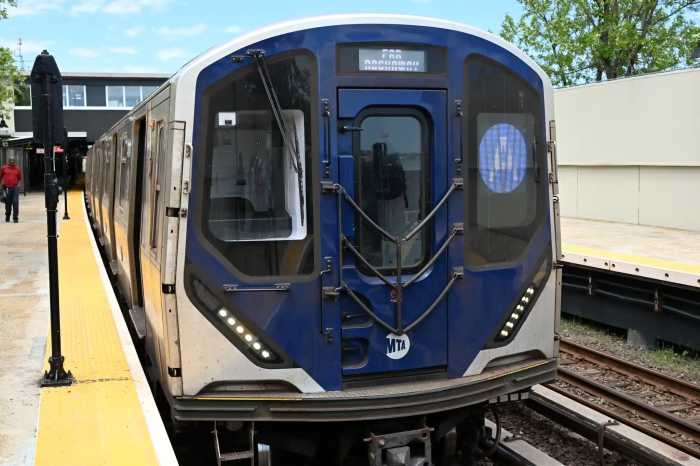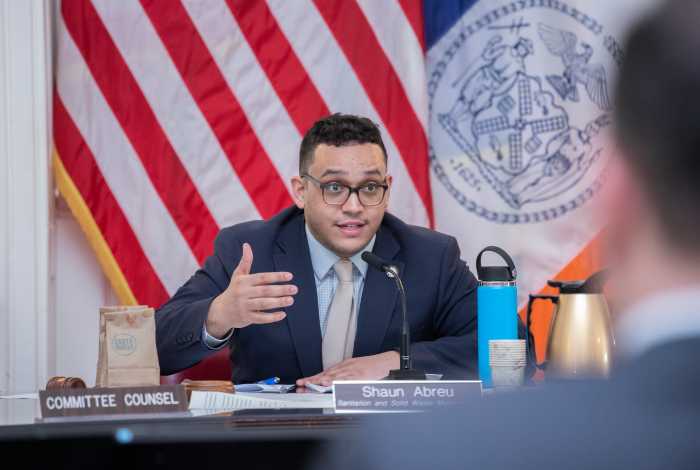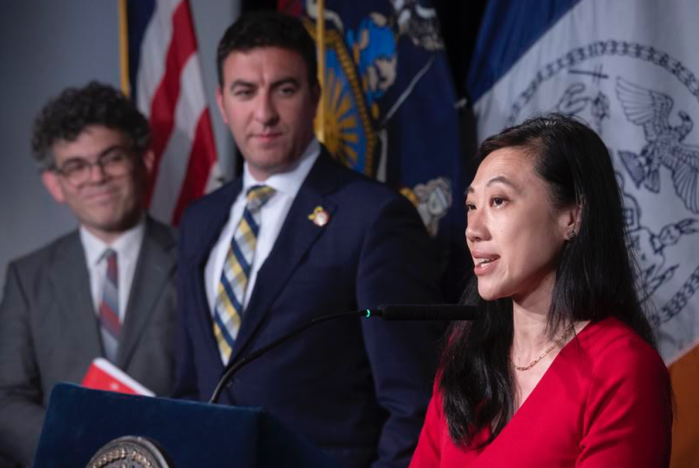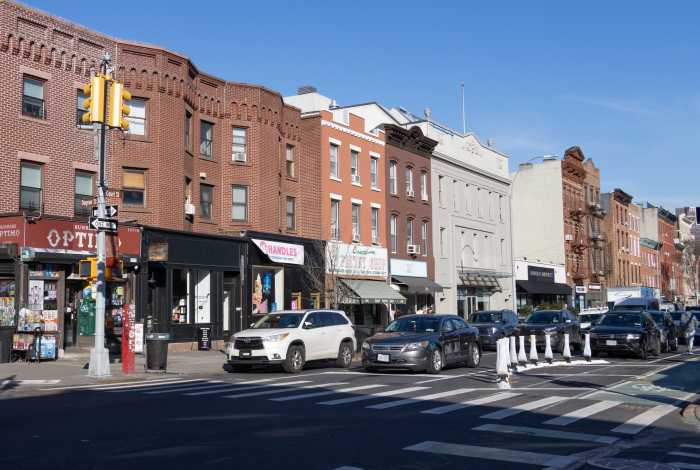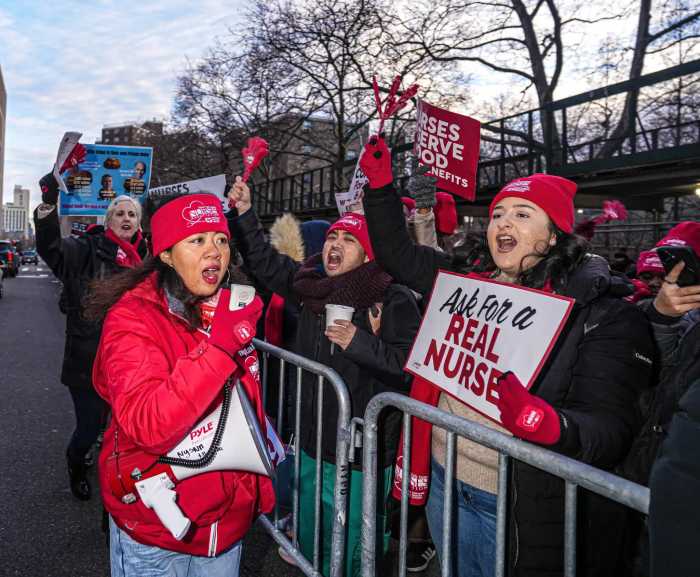The MTA on Thursday shared details of which subway stations will be the next to receive badly needed wheelchair access.
Elevators will be added to a dozen stations in Manhattan; 21 in Brooklyn; six each in the Bronx and Queens and another three on the Staten Island Railway. The 48 station upgrades will be included in the MTA’s proposed $51.5 billion capital plan for 2020 to 2024, the authority’s massive planning document used to guide major construction priorities.
Riders can check the list of 48 stations on ny.gov, the state’s official website. The proposal includes bringing wheelchair access to major stations like 42nd Street-Bryant Park, Lorimer Street, Hoyt-Schermerhorn Street, Broadway Junction at the L and J/Z lines, Van Cortlandt Park-242 Street and Woodhaven Boulevard.
Ultimately, the draft plan includes more than $5 billion to make 70 stations wheelchair accessible, but the authority has kept a tight lip as to which remaining stations will get the upgrades.
The MTA had originally planned to include just 50 stations in its capital program and the remaining 20 stations were tacked on at the last minute, which could explain why those stations have not yet been publicly listed, according to a source familiar with the MTA’s planning.
“These 48 stations are a terrific first step and help get us closer than ever to achieving systemwide accessibility that all New Yorkers deserve,” said NYC Transit President Andy Byford. “We look forward to hearing from our customers and the community as we work to identify the additional 22 stations.”
The authority earlier this week published a brief overview of its capital plan, which through Byford’s leadership prioritizes addressing the MTA’s overwhelmingly inaccessible subway system. Only about a quarter of all stations meet standards of the Americans with Disabilities Act.
Colin Wright, a senior advocacy associate at TransitCenter, said the authority must keep pushing toward its goal of providing a fully accessible subway system by 2034.
"There are several heavily trafficked stations on this list. Every station in the system is important because people with dsaiblities have the right to use the whole subway system," Wright said. "Seventy stations is a great start but riders need to see every station be made accessible by 2034."




